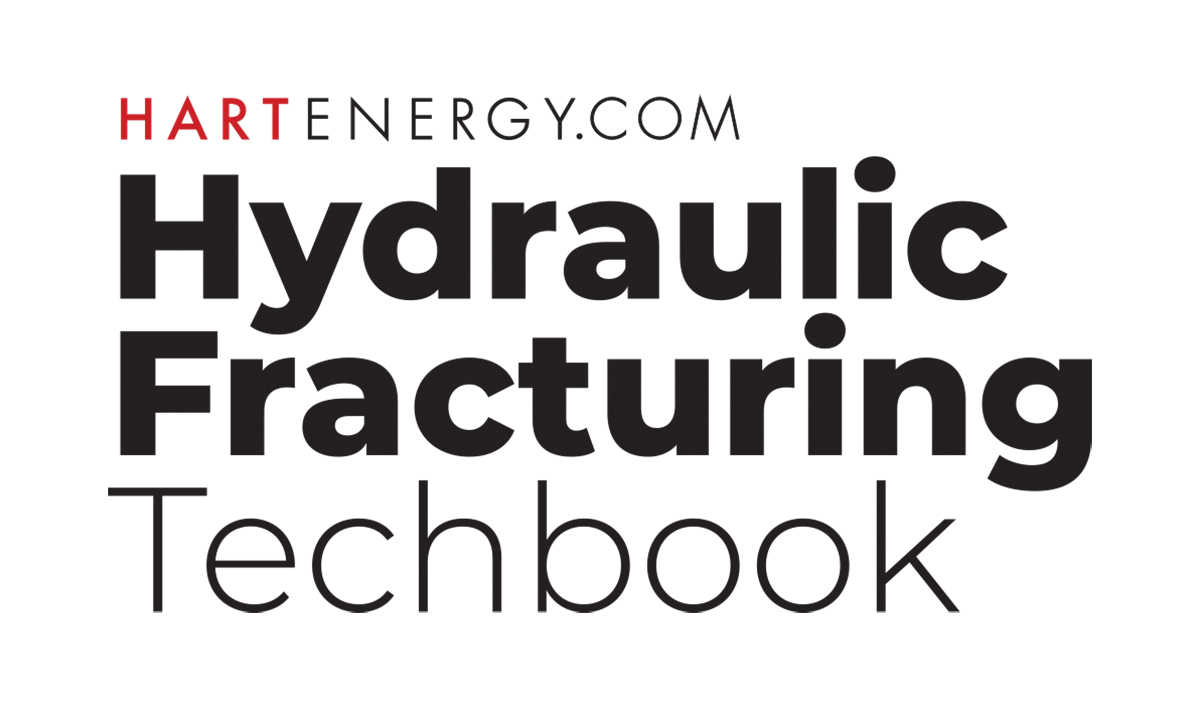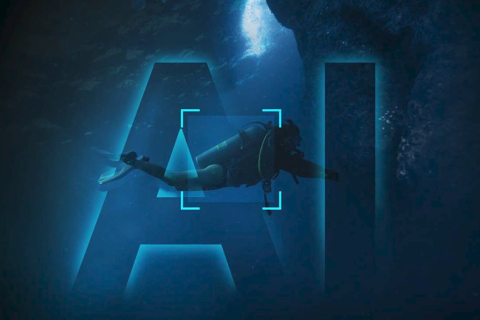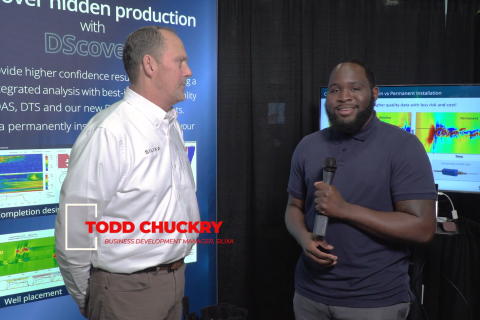
Hydraulic fracturing companies are pursuing next-gen technologies and approaches such as continuous pumping and remote fracturing to drop fuel costs and trim well drilling and completion time frames for E&P customers.
Pressure on E&P companies for capital discipline, dividends and share buybacks translates into pressure on hydraulic fracturing companies through demand for faster, less-costly operations, Luke Smith, an analyst at Westwood Global Energy Group, told Hart Energy.
“A big driver for pressure pumpers, as far as adoption of technology and efficiency, is really coming from their clients, from the E&Ps, who are under pressure to return value to their shareholders,” he said.
The E&P capital discipline narrative will likely be strong for the remainder of the year, and a lot of the efficiencies from the pumping companies will revolve around reducing costs for their clients, especially on the fuel consumption side, he said. Next-generation equipment like Tier 4 dynamic gas blending (DGB) engines and e-fracs can provide significant fuel savings compared to hydraulic fracturing units that run on diesel.
“Next-generation technology is really rolling out on a consistent basis,” he said.

Much of this new technology involves replacing existing older-generation crews rather than increasing horsepower capacity. He also expects retirement of horsepower through the NexTier Oilfield Solutions and Patterson-UTI Energy merger of near-equals. That combination will turn the resulting company into one of the leading pressure pumpers in terms of capacity, Smith said.
Halliburton Co. has over 2.9 million hydraulic horsepower (hhp) capacity across the U.S., while the newly merged company will have about 2.6 million hhp capacity. He said the retirement of older units in the new company will likely drive up utilization and tighten the market further.
“That puts upward pressure on pricing,” Smith said.
The NexTier-Patterson UTI combination raises the question of what might happen to the small hydraulic fracturing companies, especially as E&Ps continue their focus on capital discipline.
“They’re not completely left out. There’s Tier 4 DGB that they can invest in that doesn’t require nearly the investment as an e-frac crew,” he said.
Cannibalized for parts
The retirement of older units is not new. In 2020, he knew of companies idling half of their fleet with no intention of redeploying those units. Instead, they were cannibalizing them for parts, he said.
That resulted in a drop in horsepower in 2020 and 2021, but the industry started building up capacity again, he noted. In first-quarter 2022, the overall horsepower capacity was 14.3 MMhhp. A year later, in first-quarter 2023, that number had grown to 15.2 MMhhp capacity. In first-quarter 2024 to 15.7 MMhhp.
With Tier 4 DGB engines and e-frac units filling out fleets, Smith said, another factor for pressure pumpers to consider is being efficient with their time and equipment.
“Overall, a lot of the E&Ps tend to like the things that reduce the amount of time,” Smith said. “What we’ve seen from some of the E&Ps is they like on the earnings calls to mention how many extra days of production they’re getting per quarter.”
And as a result, pressure pumpers are doing things like continuous pumping and remote fracking to increase efficiency in operations.
“We’re getting reports from E&Ps that they’re seeing 24 hours, 36 hours of continuous pumping,” he said, noting traditional crews might pump between 19 and 21 hours per day. “That’s a big increase in efficiency.”
Another efficiency gain in hydraulic fracturing comes from remote fracking, which is happening in the Permian Basin, he said.
“You have a pad corridor, and you can essentially frac three of the pads with one crew remaining on a single pad,” he said. “That way you do not have to break down the crew and then rig it up two times in order to frac all three pads.”
Looking forward, Smith said leading pressure pumpers will need to be ready to meet demands associated with deeper targets.
“[E&Ps are] going after some of the gassier targets in the Permian, and that’s in anticipation of LNG export capacity expansions that’ll be coming online next year,” he said.
Challenges associated with deeper targets may mean more wear on the equipment and the need to pump more proppant, which means larger crews and more hydraulic horsepower, along with access to sand and water infrastructure.
“For the leading edge pressure pumpers, it’s about paying attention to those kinds of challenges,” he said.
Recommended Reading
Tech Trends: QYSEA’s Artificially Intelligent Underwater Additions
2024-02-13 - Using their AI underwater image filtering algorithm, the QYSEA AI Diver Tracking allows the FIFISH ROV to identify a diver's movements and conducts real-time automatic analysis.
Subsea Tieback Round-Up, 2026 and Beyond
2024-02-13 - The second in a two-part series, this report on subsea tiebacks looks at some of the projects around the world scheduled to come online in 2026 or later.
Exclusive: Silixa’s Distributed Fiber Optics Solutions for E&Ps
2024-03-19 - Todd Chuckry, business development manager for Silixa, highlights the company's DScover and Carina platforms to help oil and gas operators fully understand their fiber optics treatments from start to finish in this Hart Energy Exclusive.
CERAWeek: AI, Energy Industry Meet at Scary but Exciting Crossroads
2024-03-19 - From optimizing assets to enabling interoperability, digital technology works best through collaboration.
Cyber-informed Engineering Can Fortify OT Security
2024-03-12 - Ransomware is still a top threat in cybersecurity even as hacktivist attacks trend up, and the oil and gas sector must address both to maintain operational security.






